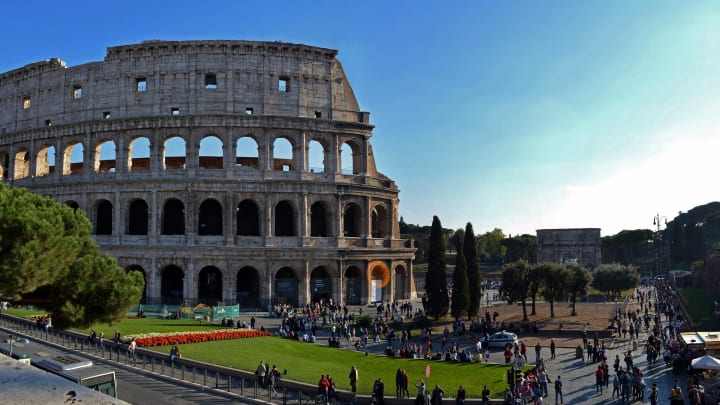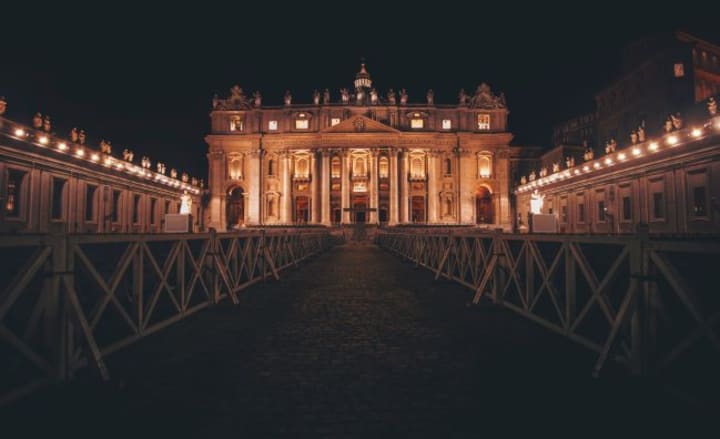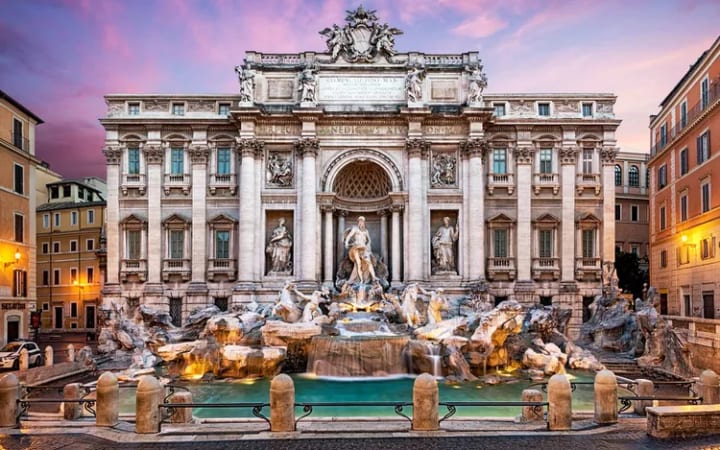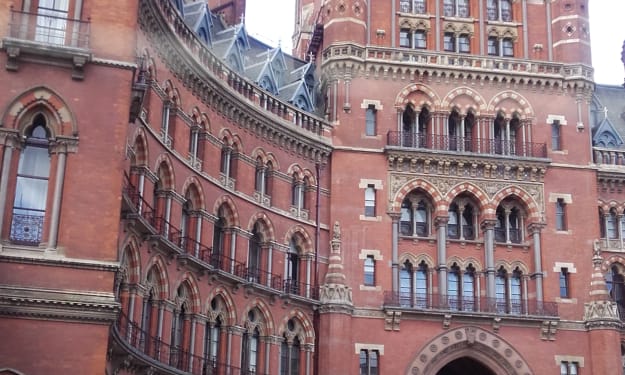
If you are looking for complete information about Rome city tours, you have come to the right place. A city tour in Rome is like a dream come true with the superb combo of observing the influence of ancient Roman civilization and the historical sights of Rome city itself. With this tour, you can feast your eyes on magnificent feats of Roman architecture dating back several millennia.
Rome traces its history to distant times. It includes the history of Rome city and the closely-linked history of Roman civilization. Its numerous landmarks represent its rich history, the prominent being the Colosseum, Sistine Chapel, the Roman Forum, Trevi Fountain, etc. Some Roman build roads are of such superb workmanship that we still use them in modern times. Rome invented many things and was host to the famous Gladiator fights as the source of greatest entertainment.
The Best Season/Time for Rome City Tours
The best season for city tour Rome Italy starts from April to mid of September with the coming summer season. It gets crowded and a tad expensive to visit Rome these months. But pleasant weather makes up for an excellent visit.
If you wish for less expensive Rome city tours, you can visit in the off-season from November to April. It’s less crowded, but you have to dress warmly. Tour sites in Rome may close during the earliest time of year or year-end. The best thing is to enjoy the sunshine with guided Rome tours.
Things to do in a Rome City Tour
Visiting ancient historical sites in Rome, you will feel as if you are walking where long-gone emperors walked. The options are so many it can get confusing. Here is a list to help remind you what key highlights of the Rome city tour you should remember to visit!

You can’t have the best city tour in Rome if you miss the most popular Roman destination, the Colosseum. Considered home to ancient gladiators, the Colosseum could hold thousands of spectators at estimate just to view the feats of arms. Go for skip-the-line Colosseum tickets whenever you visit with a guided tour to avoid waiting in long queues. The majesty of the Colosseum is awe-inspiring, making it the biggest amphitheater in the world, despite facing wear and tear by the hands of time.
2. The Roman Forum and Palatine Hill
After visiting the Colosseum, go to the nearby Roman Forum & Palatine Hill. Because great chances are that your Colosseum ticket will gain you entry into these places as well, the condition being that you visit on the same day.
Visit the ruins of Palatine Hill, which clearly show the signs of a settlement as old as the 9th century BC. From here, you can get down to the valley of the Roman Forum. Imagine combining a central marketplace, a business district, and a grand place to hold power decisions or discussions in ancient Roman times. You get the Roman Forum. It also holds the important ruins of the Temple of Julius Caesar.
3. The Pantheon
The Pantheon is one of the must-sees of Rome city tours, being the best preserved Roman monument from ancient history in Rome. It is an almost 2000-year-old temple that has inspired the construction of many buildings globally with its unique architecture, including the U.S. Capitol. Although built in ancient times, you will see an incredible dome, considered the largest unreinforced concrete dome worldwide.
Originally the temple was built to honor the Roman gods, but later on, it was converted to a Christian church in 609 AD. This helped preserve the Pantheon in its best condition through changing times.

4. The Vatican Museum and Sistine Chapel
If you come for a city tour of Rome Italy, you can’t miss visiting the Vatican City, an almost separate state within Rome city itself. It includes the world-famous sites of the Vatican Museums, the Sistine Chapel, and not to forget St. Peter’s Basilica. The Vatican Museums has a lot to offer, with an exhibit length of almost 7km filled with art and antiquities. A guided tour can explain best what you will see there, including the special Raphael rooms. Even without considering the artwork within the building, Vatican Museum itself is a truly Renaissance building. The dome top offers a panoramic view of Rome. After this, you can visit the Sistine Chapel, famous especially for its high ceiling painted by Michelangelo.
The St. Peter’s Basilica is a renowned historical building capable of accommodating an estimated 20,000 faithful. The interiors host vast mosaic decorations. You can fast your eyes on the art of famous ancient artists, such as Bernini’s Baldacchino and Michelangelo’s statue of the Pietà. Its elaborate dome is magnificent in its glory and dominates the Roman skyline.

6. Trevi Fountain and the Spanish Steps
You can hear the waters of the Trevi fountain and see its mist if you include it in your Rome city tour. Considered by many the prettiest and largest baroque fountain, it is famous for its coin-throwing tradition. Legends say that you can return safely to Rome if you throw a coin in it. Many coins are thrown in it every year, later used for charitable purposes. The night view is dazzling, with hundreds of LED lights on the fountain. So, don’t miss it!
Later, take a walk or cab to nearby Spanish Steps. These are made up of 12 ramps and 135 travertine steps and were built in the 18th century. Some consider them the widest and longest staircase in Europe, attracting millions of tourists and Romans who visit regularly.

The Galleria Borghese contains one of the largest private art collections in the world of cardinal Scipione Borghese. The museum collection covering twenty rooms consists of antiques, sculptures, and many paintings. This gallery contains several well-known works, particularly from the Renaissance, including the statues ‘Apollo and Daphne’ by Bernini and paintings by Caravaggio, Rubens, Leonardo da Vinci, and Sanzio Raphael.
The park 'Villa Borghese' Around the Gallerie Borghese on Pincio hill, you will find the former estate that had been owned by the wealthy Borghese family since 1580. Cardinal Scipione Borghese commissioned the vineyard to be converted into a park. The building of the Villa Borghese Pinciana was completed in 1633. It also included the construction of other buildings, including an aviary and orangery. During the 19th century, the park received a major overhaul and was converted to the English style with various ponds and fountains. Eventually, the park was bought by the municipality of Rome in 1903 and was made a public park. It is now the largest park in Rome and a perfect place to get away from the bustle of the city.
About the Creator
Eslam tarek
Travel - Sustainable Travel - Slow Travel ***: whatsInItalyToursOfficial, ItalyRomanToursOfficial, and TravcusOfficial.
My websites are:






Comments
There are no comments for this story
Be the first to respond and start the conversation.